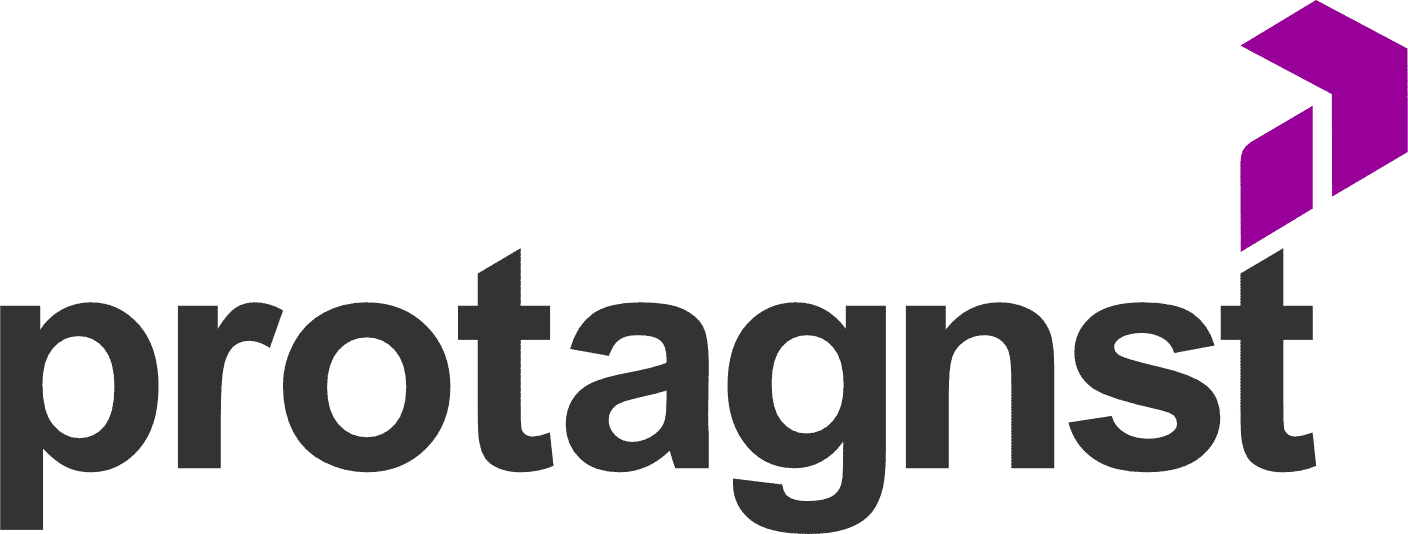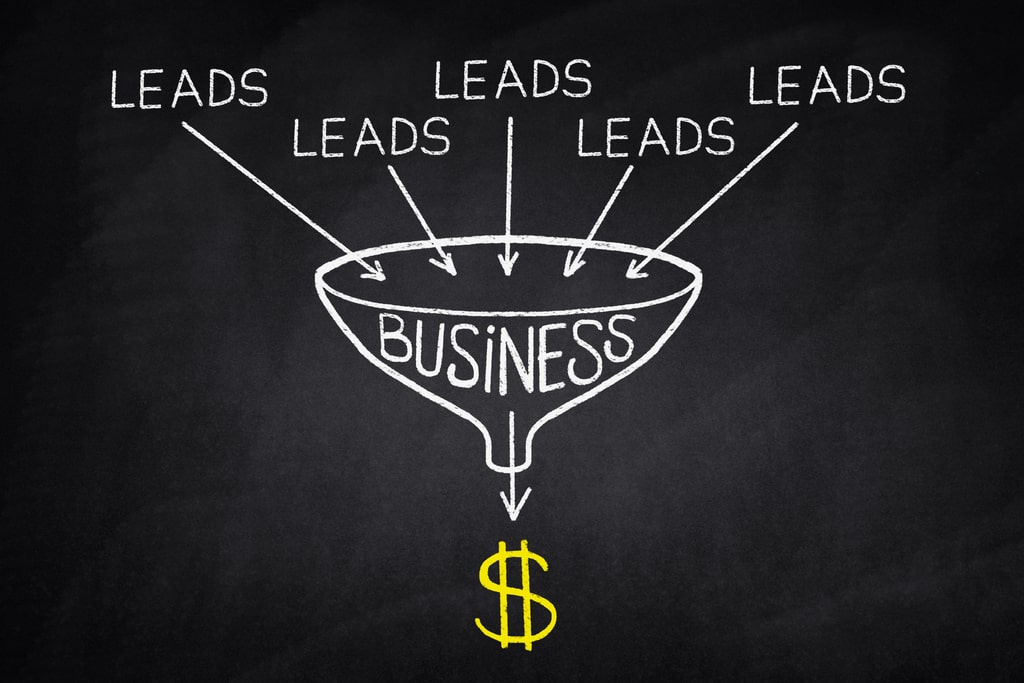Discover the Essential Strategies for Achieving High Sales Performance. Learn how to optimize your sales process, identify opportunities, and close deals efficiently.
Get ready to become a true B2B sales champion. Achieve extraordinary results!
High Sales Performance: Improving your B2B Sales Performance
Are you looking for ways to improve your sales performance and achieve exceptional results in the business-to-business (B2B) sales landscape? In this article, we’ll explore strategies and techniques to boost your B2B sales performance and achieve maximum success. Let’s discover together how to achieve high sales performance.
But after all, what is high performance in B2B sales? It is simply achieving extraordinary and consistent results, exceeding your sales goals, and delivering exceptional value to customers. To achieve high sales performance, you need to adopt a strategic approach, develop essential skills, and implement proven best practices. Let’s explore them now.
1. Know your target market: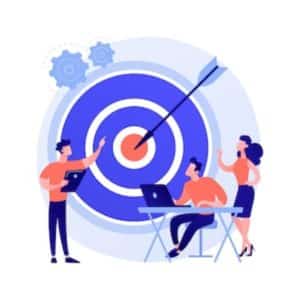
Before you start selling, it’s essential to have a deep understanding of your target market. This involves understanding the needs, challenges, and goals of your potential customers. Research your competitors, identify gaps in the market, and tailor your sales strategy accordingly. The better you know your target market, the more effective your sales approach will be.
2. Build strong relationships:![]()
Building strong relationships with clients is critical to B2B sales success. Establish genuine connections, build trust, and demonstrate that you care about your clients’ outcomes. Be available to help and be a trusted partner. Strong relationships are the foundation for customer loyalty and the continued growth of your business.
3. Improve your communication skills:![]()
Effective communication plays a vital role in B2B sales. Develop solid communication skills, both verbal and written. Communicate clearly, concisely, and persuasively. Actively listen to customer needs and tailor your message accordingly. Remember that each customer is unique and may require a personalized approach.
4. Use sales technologies![]()
In today’s ever-evolving digital world, it is essential to leverage efficient sales technologies to boost your results. Automate repetitive tasks, use CRM (Customer Relationship Management) tools to track the sales process, and improve your productivity with specialized software. The right technology can boost your efficiency and allow you to focus on what really matters: closing deals.
5. Sharpen your negotiation skills:![]()
Successfully negotiating is a critical skill for any B2B salesperson. Master negotiation techniques, be prepared to handle objections, and find mutually beneficial solutions. Be flexible and open to compromise. Remember that negotiation is not about winning or losing, but about finding a balance that satisfies both parties involved.
6. Track and analyze your results:![]()
High sales performance requires constant monitoring and analysis of achieved results. Establish clear metrics and track your activities, goals, and progress. Identify what is working and what needs adjustment. Learn from each sales experience and adapt your approach accordingly. Careful data analysis can reveal valuable insights to further improve your B2B sales performance.
Conclusion
Achieving high performance in B2B sales is not an easy task, but it is possible with the right strategy, the right skills, and a constant commitment to improvement. Know your target market, build strong relationships, sharpen your communication skills, use efficient sales technologies, hone your negotiation skills, and track your results. Remember that success in B2B sales requires consistency, dedication, and a relentless focus on delivering value to customers.
Start implementing these strategies today and see your B2B sales performance reach new heights. High sales performance is within your reach – seize this opportunity and achieve the success you desire!
Best Strategies for Achieving High Performance in B2B Sales
The best strategies to achieve high performance in B2B sales in the B2B Sales context are those that are customer-focused and building strong relationships. Here are some important tips:
- Know your customer: Do in-depth research about the company and the customer’s needs. This will help you personalize your approach and offer specific solutions to their challenges.

- Develop a compelling sales pitch: Highlight the benefits of your product or service, showing how it can solve the customer’s problems. Use persuasive arguments and tell success stories from other customers.
- Build lasting relationships: Cultivate a trusting relationship with your customers. Always be available to help them and provide after-sales support. Remember that the sale doesn’t end with the signing of the contract.
- Use the power of networking: Attend industry events, conferences, and trade shows to meet potential customers and business partners. Take advantage of these opportunities to expand your network and strengthen relationships.
- Sharpen your communication skills: Be clear, concise, and persuasive when communicating with your customers. Listen carefully and answer questions professionally and clearly. Show genuine interest in the customer’s concerns.
- Stay on top of market trends: Stay informed about the latest news and trends in the industry you operate in. This will give you a competitive advantage when approaching your clients with up-to-date knowledge.
- Use technology to your advantage: Use CRM and sales automation tools to manage customer relationships, track leads, and monitor sales progress. Technology can streamline processes and improve the efficiency of your sales activities.
By applying these strategies, you will be on the right track to achieving high performance in B2B sales. Always remember to adapt your approaches and strategies according to the specific needs of each client.
Frequently Asked Questions
How can I effectively identify my client’s needs and challenges?
Effectively identifying your client’s needs and challenges in B2B sales is essential to offering appropriate and customized solutions. Here are some tips to do this:
- Ask open-ended questions: Start the conversation with open-ended questions that allow the customer to share information about their company, goals, and challenges. Questions such as “How do you rate your company’s performance currently?” or “What are the main difficulties you face in your industry?” help get valuable insights.
- Listen carefully: During the conversation, focus on listening to what the customer is saying. Avoid interrupting or offering premature solutions. This will show that you value their opinions and needs.
- Do market research: Study the industry your client operates in. Understand the common challenges faced by similar companies and the possible solutions available. This will provide a valuable context for starting the conversation and proposing relevant solutions.
- Customize your approach: Based on the information gathered, adapt your presentation and arguments to fit the specific needs of your customer. Highlight the benefits and results that your solution can bring to overcome their challenges.
- Be prepared for tough questions: Anticipate possible objections and difficulties your client may raise. Have clear and well-founded answers that show how your solution can overcome these obstacles.
Remember that effectively identifying your client’s needs and challenges requires practice and the ability to listen carefully. The more you improve this skill, the more effective you will be at offering relevant solutions that meet your client’s expectations.
What strategies can I adopt to increase my sales closing rate?
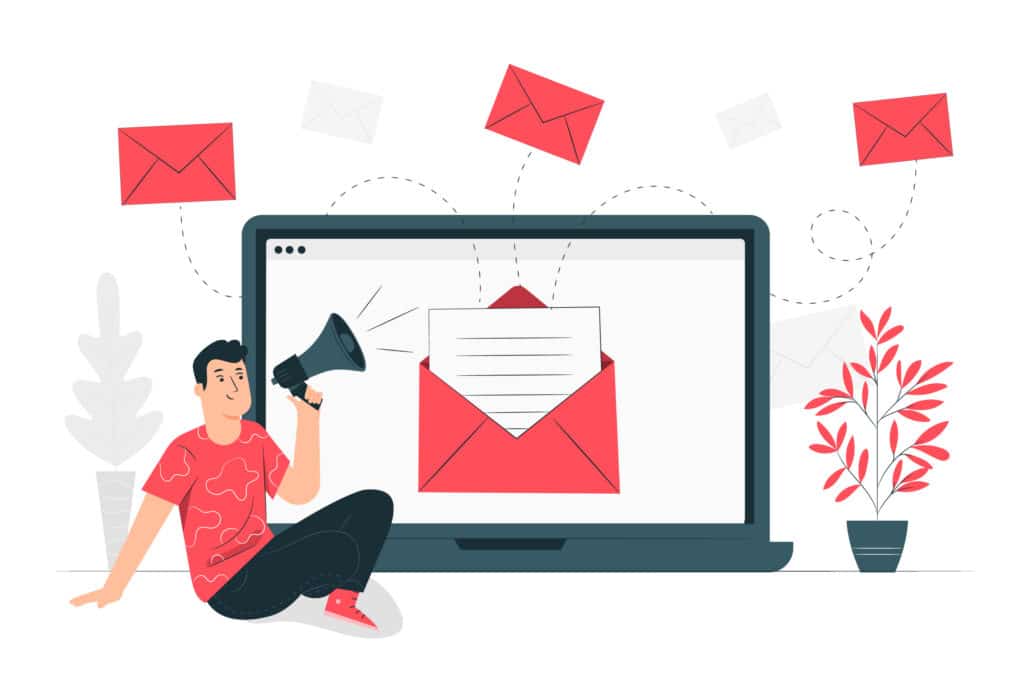
- Know your target audience well: before starting any sales process, it is essential to understand who your potential customers are and what their needs and challenges are. Do detailed research on the companies you want to work with, identify their key decision makers and know the industry they operate in.
- Establish a relationship of trust: in B2B sales, trust is a key factor in closing deals. Be sure to build a solid relationship with your prospects from the start, be honest, transparent, and deliver on all promises made during the sales process.
- Personalize your approach: each company is unique, so it is essential to tailor your sales approach to the specific needs of each prospect. Show that you understand their pain points and offer customized solutions, highlighting the benefits that your solutions can provide.
- Demonstrate value: show your prospects the real value that your solution can bring to their business. Focus on highlighting the tangible benefits they can get by working with you, such as increased efficiency, reduced costs, or increased profitability.
- Follow up closely: keeping in regular contact with your prospects is essential to increasing your closing chances. Be present throughout the sales process, answering questions, offering support, and showing genuine interest in helping them achieve their goals.
- Use negotiation techniques: to close a deal, it is necessary to master some negotiation techniques. Learn to identify the main points of resistance of your prospect and be prepared to counter them with solid arguments. Always seek to reach an agreement that is advantageous for both parties.
- Follow up: after a meeting or negotiation, it is essential to follow up with the prospect. Send a thank you email, schedule a follow-up to discuss next steps, or even make a call to see if there are any further questions. Follow-up shows your commitment and interest in working with the client.
- Invest in professional development: constantly seek to develop your B2B sales skills. Attend courses, workshops, and events related to the topic, read books and specialized blogs, and stay up-to-date on market best practices.
Remembering that, in addition to these strategies, each situation is unique and it is important to be willing to adapt and learn from each sales experience.
How can I improve my initial approach to get the attention of potential clients?
To improve your initial approach and get the attention of prospects in B2B sales, here are some tips:
- Research and understand your prospect: Before contacting a prospect, it is important to research the company and understand their needs and challenges. This will help you personalize your approach and show the client that you have done your homework.
- Create a personalized message: Avoid sending generic messages or pre-made templates. Instead, customize your message based on the information you found during your research. Demonstrate how your product or service can solve a specific customer problem and add value to their business.
- Present relevant data and results: Use data and statistics to support your argument. Show results that other companies have already achieved using your product or service. This will help build confidence and pique the prospect’s interest.
- Highlight your competitive advantage: Explain why your product or service is unique and how it differentiates itself from the competition. Show what exclusive benefits you can offer the customer and how it can positively impact their business.
- Be brief and to the point: Don’t fill your message with unnecessary information. Be clear, straight to the point, and avoid using complicated technical jargon. Remember that the customer’s time is valuable, so be succinct in your approach.
- Offer something of value: In addition to presenting your product or service, offer something of value to the prospect. This could be an ebook, case study, whitepaper, or any other relevant resource that demonstrates your knowledge and expertise in the field.
- Use a clear call to action: End your message with a clear and direct call to action. Indicate the next steps the customer should take to get more information or schedule a meeting. Make it easy to contact and be prepared to respond promptly to customer questions or requests.
Always remember to tailor your approach to the specific characteristics and needs of each prospect. Personalization is key to getting attention and establishing an initial connection with the prospect.
What are the key negotiation techniques I can use to achieve high performance in B2B sales?
There are several negotiation techniques that can be used to achieve high performance in B2B sales. Some of the main ones are:
- Preparation: Before starting any negotiation, it is essential to conduct thorough research on the client and their business. Knowing their needs, challenges, and goals allows you to be better prepared to offer customized solutions.
- Active listening: During negotiations, it is important to listen carefully to the client, demonstrating genuine interest in understanding their demands. Active listening allows you to identify the key points of the negotiation and adapt your approach accordingly.
- Prospecting: One of the most important techniques in B2B sales is prospecting. Identifying potential customers and approaching them strategically is essential to increase your chances of success in negotiations.
- Value proposition: When presenting your product or service, highlight the benefits it will bring to the client, focusing on the results that can be achieved. Show how your solution can solve problems and add value to the client’s business.
- Assertive negotiation: During the negotiation, be clear and objective, avoiding detours and unnecessary arguments. Seek to create an environment of trust and collaboration, identifying common ground and working together to reach an agreement that is beneficial to both parties.
- Overcoming objections: It is common for objections to arise during the negotiation process. Instead of avoiding them, use them as an opportunity to provide more information and clarify doubts. Be flexible and willing to find alternative solutions.
- Closing sales: Closing is a crucial step in B2B negotiation. After presenting your proposal and answering objections, lead the client to make a purchase decision. Use closing techniques, such as direct questions or offering additional benefits, to encourage the sale to go through.
It is important to remember that each client and negotiation is unique, so it is essential to adapt these techniques according to the specific context. Continuing to learn and update your negotiation skills is also essential to achieving high performance in B2B sales.
How to build strong customer relationships and retain them over time?
To build strong customer relationships and retain them over time in the B2B sales context, it is essential to implement effective customer relationship management strategies. Here are some important tips:
- Know your customer well: Understanding your customer’s needs and challenges is essential to establishing a strong relationship. Do detailed research about the company, their goals, and preferences.
- Effective communication: Maintain regular and clear communication with the customer. Be available to answer questions, provide information, and resolve issues as quickly as possible. Use different communication channels, such as email, phone, and face-to-face meetings.
- Personalization: Try to offer customized solutions that meet the specific needs of the client. Show that you are willing to tailor your products or services according to their demands.
- Trust: Build trust through transparency and honesty in all interactions with the client. Keep your promises and always be available to help.
- After-sales: Don’t forget to follow up with the customer after the sale. Make periodic follow-up calls to ensure they are satisfied with your product or service and are getting the expected results.
- Quality service: Always strive to offer high-quality service, exceeding customer expectations. Be attentive to their needs full-time and seek to solve problems quickly and efficiently.
- Loyalty programs: Create loyalty programs or exclusive partnerships that offer additional benefits to loyal customers. This will help strengthen the relationship and encourage them to continue buying from you.
Remember that building strong customer relationships is an ongoing process and requires constant effort and dedication. Stay up-to-date on customer needs and changes, adapting as necessary to keep them satisfied and loyal to your business.
What are the best practices for effective follow-up after a sales meeting?
Follow-up is a crucial step after a B2B sales meeting. Here are some best practices for effective follow-up:
- Be prompt: Send a thank you email shortly after the meeting, within 24 hours, to demonstrate professionalism and interest.
- Reinforce key points: In your follow-up message, summarize the main points discussed during the meeting. This helps to consolidate the information and keeps the conversation fresh in the prospect’s mind.
- Propose next steps: Suggest next actions, such as a more detailed product demonstration, sending samples, or scheduling another meeting. Offer clear and concise options for the client to choose the best one.
- Customize the follow-up: Show that you care about the client’s specific needs by adapting your message according to the discussions in the meeting. This personalization creates a stronger bond and strengthens the business relationship.
- Be persistent, but not pushy: Keep in regular contact with the client, but avoid being overly intrusive. Set an appropriate follow-up schedule and stick to it, whether by email, phone, or other forms of communication.
- Offer additional value: During follow-up, share relevant resources, such as whitepapers, case studies, or articles, that demonstrate knowledge and expertise. This helps build trust and shows that you are committed to helping the customer achieve their goals.
- Track metrics: Keep track of important metrics discussed during the meeting, such as ROI, implementation time, or cost savings. This allows you to show the client tangible results from your product or service.
- Be prepared for objections: During follow-up, be prepared to handle any objections or doubts the client may have. Have clear and convincing answers to reassure the client and provide additional information if needed.
Remember that each client is unique, so it is important to tailor these best practices to the specific needs of each one. Proper follow-up can make the difference between closing a sale or losing an opportunity.
How can I properly prepare for each sales meeting to convey confidence and knowledge?
To properly prepare for each B2B sales meeting and convey confidence and knowledge, follow these tips:
- Research the prospect’s company: Before the meeting, research thoroughly the company you will be meeting with. Look for information about their history, products/services, competitors, market positioning, customers, and so on. This will demonstrate your interest and preparation for the meeting.
- Know the market and the competition: In addition to knowing the customer’s company well, it is important to have a broad view of the market in which they operate. Understand the trends, challenges, and opportunities in this sector. Also, research the competition, identifying their strengths and weaknesses.
- Know what the customer’s objectives are: Before the meeting, it is essential to know what the customer’s specific needs and objectives are. Research their goals, current challenges, and future projects. This way, you can align your value proposition with customer expectations.
- Prepare for tough questions: Anticipate possible tough questions or objections that the client might ask. Come up with clear and convincing answers to these situations, showing that you are prepared to handle any questions.
- Practice the presentation: If you are going to give a presentation during the meeting, practice and rehearse beforehand. Make sure you are familiar with the content and that you can convey your message clearly and confidently.
- Be up-to-date on your product/service: Know in detail what you are selling. Be familiar with the features, benefits, success stories, and differentiators of your product/service. This will convey security and confidence to the customer.
- Prepare supplementary materials: Take relevant supporting materials to the meeting, such as brochures, presentations, case studies, and so on. These materials will help reinforce your arguments and provide additional information to the customer.
- Be proactive: In addition to being well-prepared, be proactive during the meeting. Ask questions, show genuine interest in the customer, and be willing to listen to their needs. This will show that you are committed to finding the best solution for them.
Remembering that proper preparation is essential to convey confidence and knowledge to the client during a B2B sales meeting. Therefore, dedicate time and effort to prepare adequately before each meeting.
What performance indicators should I track to evaluate my B2B sales performance?
When evaluating B2B sales performance, it is important to track a number of performance indicators. Here are some of the main ones:
- Conversion rate: Conversion rate measures the percentage of leads or prospects that convert into paying customers. It is a key indicator for evaluating the effectiveness of your sales strategies.
- Average deal size: Measuring the average size of closed deals is important to understand the value your sales are bringing to the company. This can help identify opportunities to increase revenue and optimize sales efforts.
- Number of deals closed: The number of deals closed is a direct indicator of the efficiency of your sales process. Tracking this number over time allows you to identify trends and make adjustments if necessary.
- Average sales cycle: The average sales cycle is the period between the first interaction with the customer and the closing of the deal. Measuring this metric helps identify bottlenecks and opportunities to speed up the sales process.
- Profit margin: Profit margin is an important financial indicator for assessing the health of your business. Tracking this metric in B2B sales helps identify if sales efforts are generating satisfactory results in terms of profitability.
- Customer retention: Customer retention is a key indicator for evaluating the success of your B2B sales. Satisfied customers tend to buy again and generate recurring revenue for the company.
- Customer feedback: Tracking and analyzing customer feedback is essential to understand market needs and expectations, as well as identify areas for improvement in your sales process.
By monitoring these performance indicators, you will be able to identify strengths and weaknesses in your B2B sales strategy, as well as make more informed decisions to drive the growth and success of your business.
How can I use technology tools to optimize my sales process and increase my efficiency?
There are several technology tools that can help optimize the sales process and increase efficiency in B2B sales. Here are some suggestions:
- CRM systems: Using a customer relationship management (CRM) system can help track and organize all customer interactions. This includes recording important information, such as contact details, purchase history, and customer preferences. In addition, most CRM systems have sales automation features, allowing you to create automated workflows for repetitive tasks and bulk emailing.
- Prospecting tools: Use prospecting tools, such as LinkedIn Sales Navigator or HubSpot Sales, to find qualified leads. These tools allow you to filter profiles based on specific criteria, such as industry, location, and job title. In addition, they provide insights into leads, such as recent activity and shared connections, which can be helpful for tailoring your sales approach.
- Marketing automation systems: Using a marketing automation system, such as HubSpot or RD Station, can help nurture leads and track them through the sales funnel. These tools allow you to create automated email sequences, trigger segmented campaigns, and track lead interaction with content. This way, you can identify the most engaged leads and ready to be approached by the sales team.
- Video conferencing tools: For remote meetings with clients, it is recommended to use video conferencing tools such as Zoom or Microsoft Teams. These platforms allow you to connect with clients in real time and share presentations, demos, and documents. In addition, they offer additional features such as meeting recording and group chat, which can improve communication and collaboration with clients.
- Data analytics: Use data analytics tools, such as Google Analytics or Microsoft Power BI, to monitor and analyze the performance of your sales strategies. These tools provide important metrics such as lead conversion rates, traffic sources, and average response time. Based on these insights, you can adjust your sales strategies and make more informed decisions.
It is important to remember that each company and sales team are different, and not all of the tools mentioned will be suitable for every need. Before choosing a tool, carefully assess your needs and objectives. Also, take the time to train your team and ensure they are familiar and comfortable using the chosen tools.
What are the main obstacles faced in B2B selling and how can I overcome them to achieve high performance?
The main obstacles faced in B2B selling can be varied, but some of the most common include:
- Barriers to entry: In a competitive B2B market, it can be difficult to gain the attention and interest of potential customers. Competition is fierce and buyers are increasingly demanding, which makes it necessary to develop effective strategies to stand out.
- Complex decision making: B2B sales often involve multiple stakeholders and decision making can be time consuming and complex. It is necessary to understand the needs of each person involved in the process and align the solutions offered to their specific demands.
- Resistance to change: Often, B2B customers are resistant to adopting new solutions or changing their established processes. It takes persuasive skills to convince buyers of the benefits of change and provide concrete evidence of success.
- Building trust: Trust is a crucial factor in B2B sales. Customers need to trust the company and the products/services offered before making a purchase. This may take time and effort to build strong relationships and demonstrate expertise and credibility.
To overcome these obstacles and achieve high performance in B2B sales, some strategies can be adopted:
- Detailed research: Knowing the market, competitors, and potential customers in depth is essential. Understanding buyer pain points and needs will allow you to offer customized solutions tailored to their demands.
- Networking: Building a wide network of contacts is essential to expanding your customer base in B2B sales. Participating in relevant events, conferences, and industry associations can help establish valuable relationships and business opportunities.
- Social proof: Presenting case studies, testimonials from satisfied customers, and demonstrations of concrete results achieved with your product/service is an effective way to build trust and overcome resistance to change.
- Consultative approach: Instead of simply selling a product, adopt a consultative approach, providing guidance and solutions tailored to each customer’s specific needs. This will help build long-term relationships and retain customers.
- Continuous improvement: Never stop learning and updating yourself on B2B sales best practices. Invest in training and development to improve your sales skills and ensure you are always delivering value to customers.
Remembering that B2B selling requires patience, persistence, and trust. It is important to be prepared to deal with obstacles and rejections throughout the process, staying focused on finding customized solutions that meet customer needs and demands.
In conclusion, the pursuit of high sales performance in the B2B context is essential to the success of companies. Through appropriate strategies and techniques, it is possible to achieve significant and consistent results. It is critical to invest in the training of sales professionals, providing specialized training and encouraging continuous improvement. In addition, it is important to set clear and realistic goals, using performance indicators to track progress and identify areas for improvement. Implementing an efficient sales process, which includes active prospecting, a consultative approach, and quality after-sales, is essential to winning and retaining customers. To achieve high sales performance, it is also necessary to develop skills such as resilience, empathy, and persuasion. With a motivated team, trained and aligned with the company’s objectives, it is possible to achieve consistent results and drive business growth. Invest in high-performance sales strategies and reap the benefits of standing out in the B2B market.
Want to know more about sales funnel? Click here!

Would you like help implementing commercial outsourcing?
Fill out the form below and schedule a meeting.
